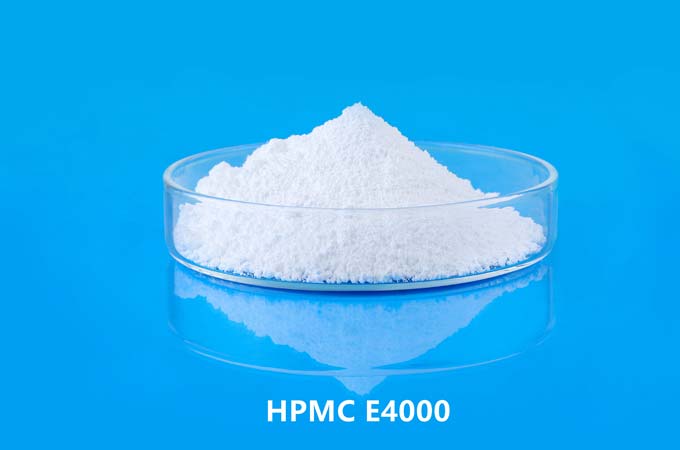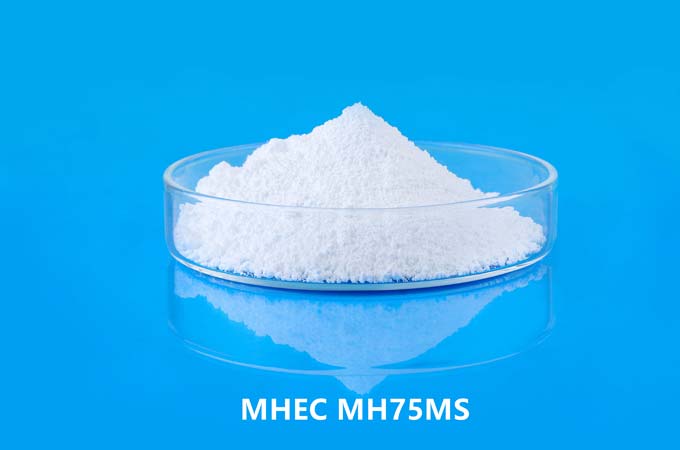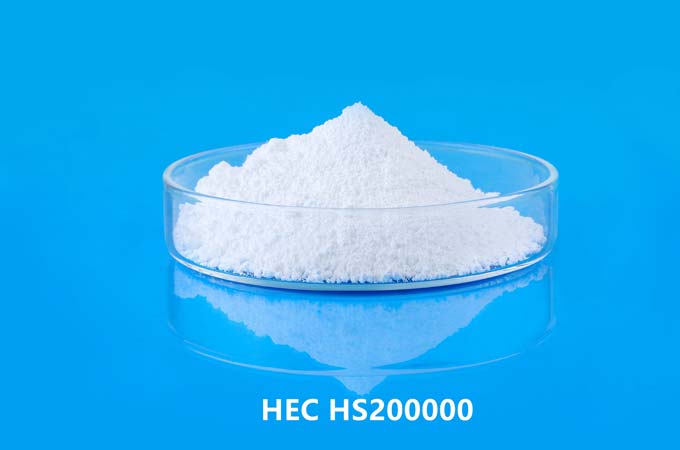Ethylcellulose is a versatile polymer that finds application in various industries, including pharmaceuticals, food, coatings, and cosmetics. Its chemical structure and properties make it suitable for a wide range of uses, from controlled-release drug delivery systems to protective coatings for foods. To understand what ethylcellulose is made of, it's essential to delve into its composition, synthesis, properties, and applications.
Composition and Structure:
Ethyl cellulose is a derivative of cellulose, a naturally occurring polymer found in the cell walls of plants. Cellulose itself is a linear polysaccharide composed of repeating glucose units linked together by β(1→4) glycosidic bonds. Ethylcellulose is obtained through the chemical modification of cellulose, where ethyl groups (-CH2CH3) are introduced onto the hydroxyl groups (-OH) of the cellulose backbone.
The degree of ethoxylation, i.e., the number of ethyl groups attached per glucose unit, varies depending on the manufacturing process and desired properties of the ethylcellulose. Typically, ethylcellulose contains about 44.8–49.5% ethoxy groups.
Synthesis:
The synthesis of ethylcellulose involves the reaction between cellulose and ethyl chloride or ethylene oxide. The process can be carried out using different methods, including the heterogeneous and homogeneous routes.
In the heterogeneous method, cellulose is first dissolved in a suitable solvent, such as N,N-dimethylacetamide (DMAc) or dimethyl sulfoxide (DMSO), and then treated with ethyl chloride or ethylene oxide under alkaline conditions. The reaction leads to the substitution of hydroxyl groups with ethyl groups, resulting in the formation of ethylcellulose.
In the homogeneous method, cellulose is dissolved in a solution containing a catalyst, such as sodium hydroxide or sodium ethoxide, and ethyl chloride or ethylene oxide is added directly to the solution. This method typically yields higher degrees of substitution compared to the heterogeneous approach.
After the reaction, the resulting ethylcellulose is precipitated, washed, and dried to obtain the final product.
Thermoplasticity: Ethylcellulose exhibits thermoplastic behavior, meaning it softens when heated and solidifies upon cooling. This property allows it to be processed using various techniques such as extrusion, molding, and compression molding.
Insolubility in Water: Unlike cellulose, ethylcellulose is insoluble in water but soluble in organic solvents such as alcohols, ketones, and chlorinated hydrocarbons. This property makes it suitable for applications requiring water resistance.
Film-Forming Ability: Ethylcellulose can form flexible and transparent films when dissolved in suitable solvents and cast onto surfaces. These films find use in coatings for pharmaceutical tablets, confectionery, and agricultural products.
Chemical Inertness: Ethylcellulose is chemically inert and resistant to most organic solvents, acids, and alkalis, which contributes to its stability in various environments.
Pore-Forming Ability: Ethylcellulose can be used as a pore-forming agent in membrane applications due to its ability to create interconnected pores when blended with other polymers.
Thermal Stability: Ethylcellulose exhibits good thermal stability, retaining its properties over a wide temperature range.
Applications:
Pharmaceuticals: Ethylcellulose is widely used in pharmaceutical formulations as a binder, film former, and matrix former in controlled-release dosage forms. It helps in controlling the release rate of active pharmaceutical ingredients (APIs) and protecting them from environmental factors.
Food Industry: In the food industry, ethylcellulose is used as a protective coating for fruits, vegetables, and confectionery products to extend their shelf life and improve their appearance. It is also employed as a thickening agent, stabilizer, and encapsulating agent in food formulations.
Coatings and Inks: Ethylcellulose is utilized in the production of coatings and inks for various applications, including printing, packaging, and wood finishing. It imparts properties such as adhesion, moisture resistance, and flexibility to the coatings.
Personal Care Products: Ethylcellulose is found in cosmetics, personal care products, and toiletries as a thickening agent, film former, and stabilizer. It is used in products such as creams, lotions, and hair styling gels.
Industrial Applications: Ethylcellulose finds application in various industrial processes, including adhesives, textiles, and ceramics. It is used as a binder in ceramic formulations and as a sizing agent in textile manufacturing.
Ethylcellulose, derived from cellulose through chemical modification, possesses unique properties that make it a valuable polymer in various industries. Its versatility, coupled with its biocompatibility and inertness, has led to its widespread use in pharmaceuticals, food, coatings, and personal care products. Understanding the composition, synthesis, properties, and applications of ethylcellulose provides insights into its significance as a functional polymer in modern technology and industry.
 English
English 日本語
日本語 français
français Deutsch
Deutsch Español
Español italiano
italiano русский
русский português
português العربية
العربية Türkçe
Türkçe Nederland
Nederland



